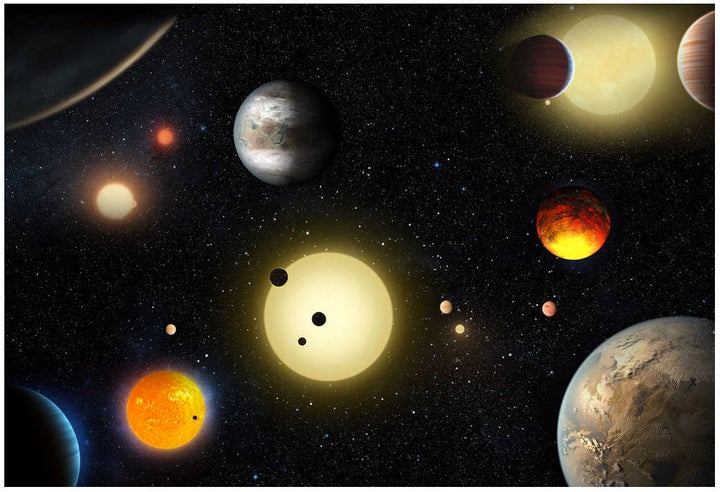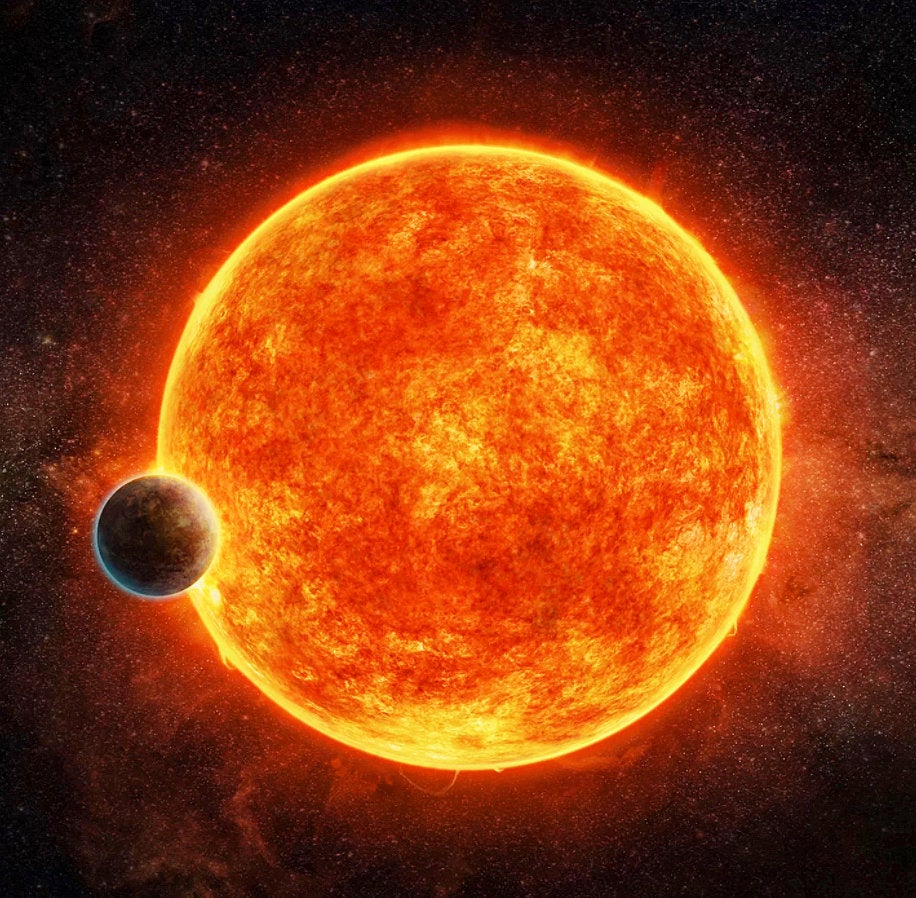
For decades, the search for extraterrestrial intelligence has looked and listened for evidence of another civilization in our galactic neighborhood.
That hunt is intensifying with NASA's Kepler telescope's discovery of thousands of verified planets since its 2009 launch, including some planets that appear Earth-like and possibly habitable.
Now, a Columbia University astronomer has an idea for making Earth stand out to any alien civilization that may be conducting similar searches for planets -- aiming laser beams through the vast distance that separates us in this region of the Milky Way galaxy.
"We mostly use the transit method, which is currently the most successful and dominant method of detecting planets," said Columbia's David Kipping. "Very simply, it works by staring at a star -- you can't see the planets directly, because they just reflect too little light or they're too close to their star. Now and again, the planet sometimes will pass in front of the star, blocking some of the star light for a short amount of time."
Essentially the star "winks" at us, the first visual clue that a planet may be passing in front of it. An advanced extraterrestrial race could, in a similar way, detect Earth as they see a dip in the brightness of our sun as our planet passes in front of it every 365 days on our orbital path.
But there's a way Earth could make its appearance stand out to other civilizations -- and a way ETs could send an unmistakeable sign to Earth, Kipping said.
"An alien civilization might choose to try and make their transit signature -- as seen by Earth -- look weird or funky. One thing they might do is turn on a laser beam and make any pattern they want in the transit signature," said Kipping.
The kind of laser-created patterns Kipping talks about are geometric forms -- circles, squares, triangles, even a laser-based city skyline -- anything totally unexpected that our scientists, and the Kepler telescope, would notice.
"This has lots of advantages," Kipping added. "We are already looking for their signature. Somehow, if they follow the same path of detecting planets, they would perhaps assume this very simple method might be one way to broadcast themselves."
The idea of deliberately trying to make our presence known to other civilizations is the subject of some debate. Leading those who say Earth shouldn't reach out and say hello to the cosmos is renowned physicist Stephen Hawking, who warns that aliens might not have the best intentions for earthlings.
With that in mind, Kipping and Columbia graduate student Alan Teachey wrote a paper explaining how laser technology may be useful to cloak our planet from the prying eyes of those in deep space who would do us harm.
They put together this video to make their point:
Are you for or against the idea of letting other advanced cultures know we're here?
Kipping said the idea of whether humans are alone in the universe is perhaps our species' ultimate question.
"Who can predict what possible benefits a confirmed signal would have? It's impossible for us to foresee how that could change our society," Kipping said. "There's over 2,000 confirmed planets, and we definitely have examples, no matter how you slice and dice it, of planets which resemble Earth in the Kepler data.
"To say that I hope, certainly it would be intellectually extremely interesting if we discovered something. In that sense, it would be fantastic."

